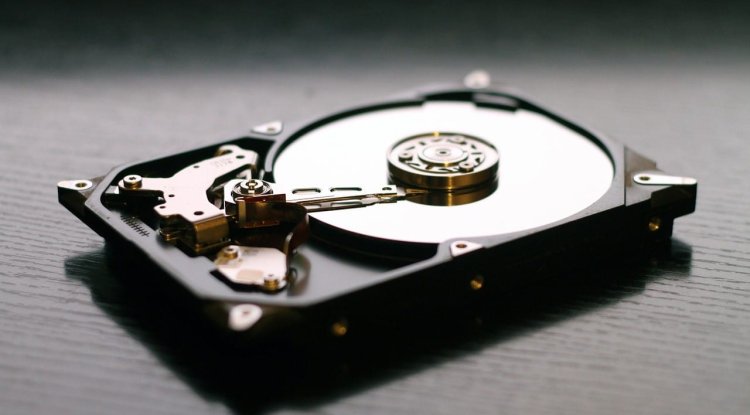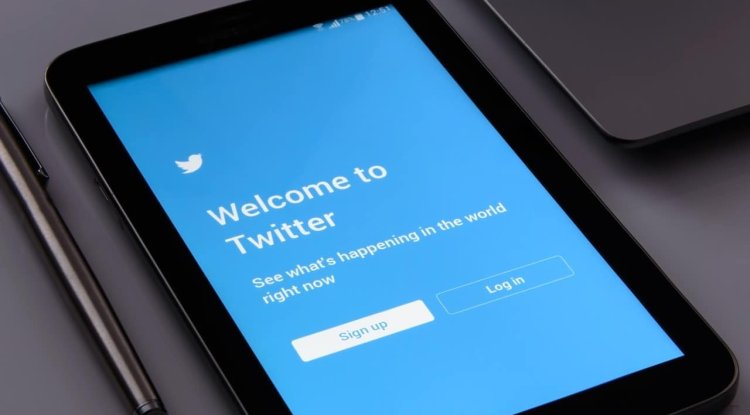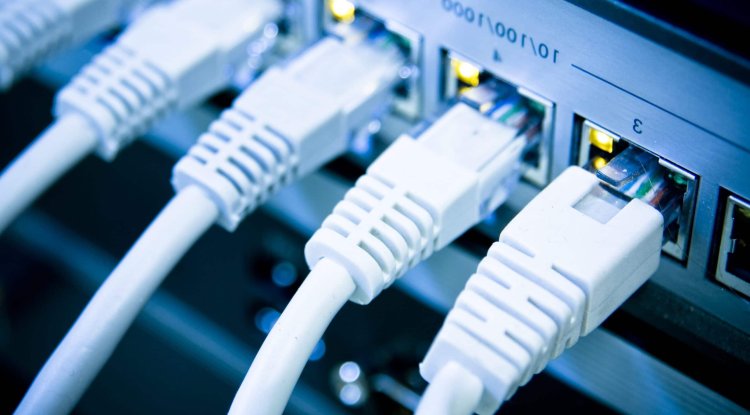Seagate introduced HDD connected via PCIe interface
At the Open Compute Project Summit, Seagate introduced the first hard disk drive (HDD) connected to the device through the use of the PCIe interface

At the Open Compute Project Summit, Seagate introduced the first hard disk drive (HDD) connected to the device through the use of the PCIe interface, with an emphasis on using the NVMe protocol to work, in parallel with the SSD (solid-state drive).
Something like that is quite big news because so far the industry has not recorded anything like it. There is only one "small" problem, which became known after this pompous presentation. Commercial availability of this type of disc cannot be expected in the next two years, and it is questionable whether there will be any in 2024.
Anyway, it's worth the wait because it's refreshing, a novelty that should take a step forward when it comes to data storage at this time when disks are filling up at the "speed of light". That's not all, this experimental drive supports all three main protocols - SAS, SATA, and NVMe via the native NVMe port. It does not require any "bridges".
The demonstration itself was proven through a 2U JBOD "enclosure" using a relatively simple PCIe switch, which connected to 12 3.5-inch drives via a PCIe interface.
Modern HDDs can barely penetrate a single PCIe 2.0 link, but those destined for the future will be much faster, so the current 6 Gbps or 12 Gbps, as offered by the US, may not be enough at one point. Therefore, the industry needs to think ahead, and by that, we mean interfaces that would connect to disks, with PCIe seeming a natural choice.
Furthermore, SSDs are becoming more common in data centers, at the same time the NVMe protocol is becoming dominant so it makes sense to customize the whole story for HDD. And that's why NVMe 2.0 adds support for this type of drive.
And when Seagate's drive finally sees the light of day in a commercial sense, it should have a capacity of 30 to 40TB, which at the moment seems quite unreal, but also exciting.





































